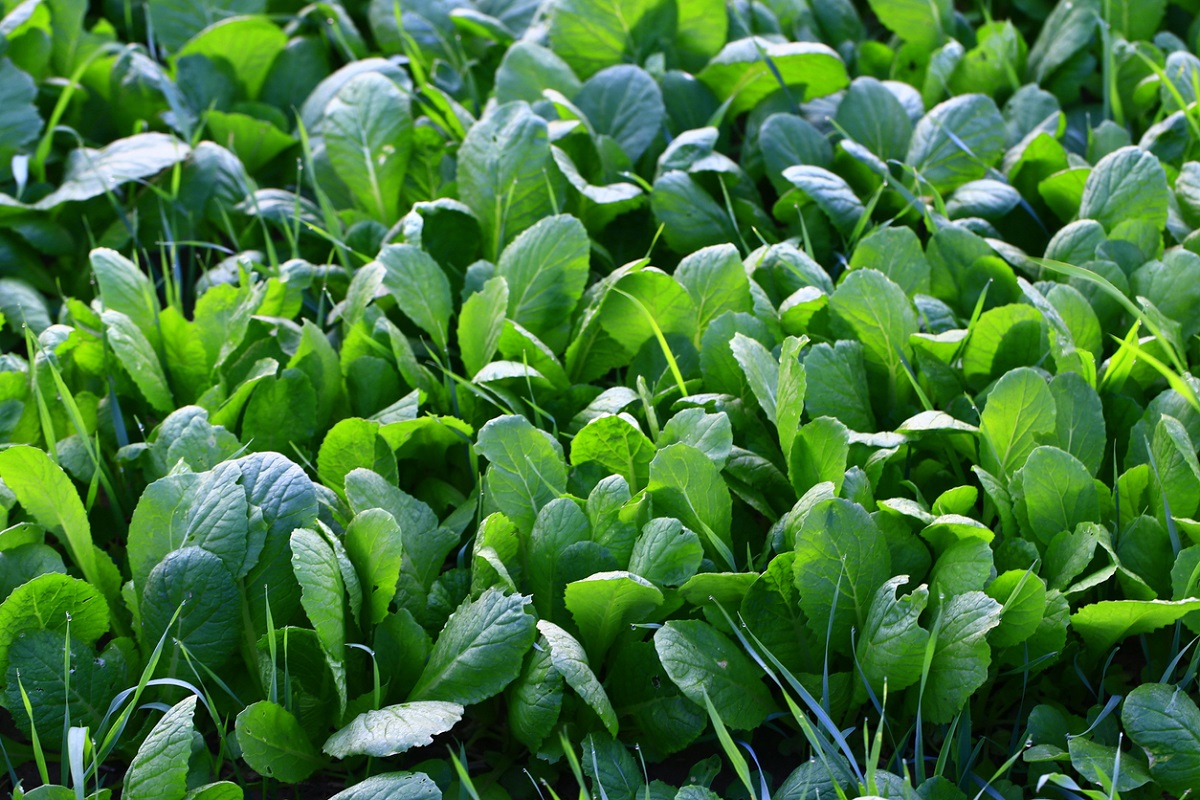
South Korea Develops GM Crops for Future Use
September 18, 2019| |
In South Korea, the National Center for GM Crops (NCGC) aims to enhance national food security and to turn agriculture into a major national leading industry by utilizing technological pipelines. NCGC has been developing GM crops that have been enhanced by agricultural useful traits as well as those that can be used as high value-added industrial materials. The crops are being developed taking into account safety and practical effects to secure future commercially available GM events.
Over the next seven years, 81 GM crop events from 13 crops have been developed based on the above-mentioned considerations and guidelines. Biotic stress resistant crops were developed such as insect resistant Chinese cabbage, pest resistant rice, cucumber mosaic virus (CMV) resistant GM red pepper, viroid resistant chrysanthemum, and so on. They showed the effect of less pesticides and preventing yield loss in field trials, meaning that they could be used as useful breeding materials for eco-friendly farming.
For preparing future climate change, drought tolerant crops including rice, soybeans, and Chinese cabbage were developed. Drought tolerant GM rice showed 15-20% more yield under drought condition compare to sensitive control rice variety.
The research teams have also developed GM crops that increase value by improving quality or by adding novel functions. For example, high-value GM rice events have also been developed to increase consumption of rice, such as rice containing high mineral, Golden Rice producing beta carotene (a precursor of pro-vitamin A), GM rice to help prevent diabetes, and so on.
This result indicates that rice could be used not only as staple food but also as high value industrial materials for pharmaceuticals or cosmeceuticals. Further researches are being carried out at the Agricultural Biotechnology Research Center, which was launched in 2018 to confirm functions and safety required for their future use.
Read more information from Plant Breeding and Biotechnology journal.
| |
You might also like:
- Consumer Attitude toward GM Foods in South Korea
- South Korea President Park: Make Agriculture a Key Industry
- GM Crop Events Approved in South Korea
Biotech Updates is a weekly newsletter of ISAAA, a not-for-profit organization. It is distributed for free to over 22,000 subscribers worldwide to inform them about the key developments in biosciences, especially in biotechnology. Your support will help us in our mission to feed the world with knowledge. You can help by donating as little as $10.
-
See more articles:
-
News from Around the World
- Millions of Farmers Worry-free Due to Biotech Benefits
- Survey Reflects US Public Views, Knowledge on Gene Drives
- Researchers Make Breakthrough in Understanding Citrus Greening Bacteria
- South Korea Develops GM Crops for Future Use
- PH Legislators and Judicial Members Engage in Agri-biotech Discussions
- Join the Science and She campaign
- Advanced Breeding Makes Disease Resistant Beans Possible
- Tomato Jumping Genes Could Help Speed-breed Drought Resistant Crops
-
Research Highlights
- Transformation of OsNAC10 Gene for Drought Tolerance in Rice
- Scientists Update Chinese Soybean Genome to Golden Reference
-
Plant
- Language, Key in Communicating about Genome Editing
- Inducible CRISPR-Cas9 Improves the Precision of Genome Editing in Rice
-
Read the latest: - Biotech Updates (August 27, 2025)
- Gene Editing Supplement (August 27, 2025)
- Gene Drive Supplement (February 22, 2023)
-
Subscribe to BU: - Share
- Tweet

